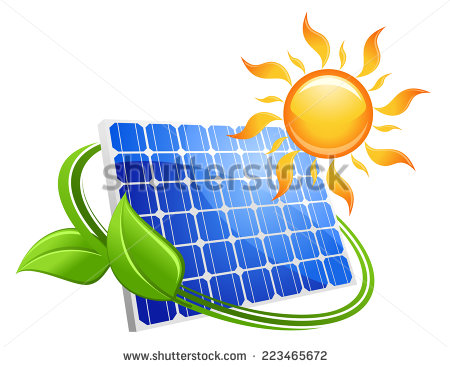Cost and reliability are the two major objections I regularly hear as to why people don’t believe we will ever get off of fossil fuels, and certainly, not any time soon. The following article addresses both issues as it relates to the cost and availability of solar energy storage.
I firmly believe that green energy will completely take over energy production long before most people currently believe. Energy storage is becoming much more long lasting and cost effective. And while we will undoubtedly maintain fossil fuel base load back up plants for a time, we will discover that we rarely, if ever, use them.
Similarly, that will be the same with electric vehicles like my Volt. That car has an engine that runs on gas once my electric power is used up. But as the range on electric cars continues to grow, drivers will continue to discover that there is no need to have and pay extra for the gas backup.
As we create more and more green energy and learn how to store more than we need even at peak periods, we will drop fossil fuels like a hot potato.
Solar energy storage market to grow tenfold by 2018 — study
Tuesday, December 23, 2014
The global market for storage solutions for grid-connected residential photovoltaic energy installations will grow tenfold to reach more than 900 megawatts by 2018, a study by IHS Technology showed.
The increase will largely be driven by self-consumption becoming a bigger part of the solar energy market, as homeowners become increasingly independent of the electricity grid, as well as by government subsidies and incentives, the study said.
“The three key variables that determine whether it’s economical to add energy storage to a residential PV system to increase self-consumption are the value of the feed-in tariff, the expense of buying electricity from the grid and the cost of energy storage products. All of these metrics are going in the right direction,” said Sam Wilkinson, research manager for energy storage at IHS.
By 2016, PV systems with storage will offer a greater return on investment than those without it on big solar markets such as Germany’s, he added.
Solar markets where self-consumption is particularly attractive are Italy, Germany, the United Kingdom and Australia. These countries will combine to account for more than 40 percent of the residential PV energy storage market by 2018, despite representing only 20 percent of the total PV installations.
The high prices of batteries and power conversion devices needed to integrate storage solutions into PV systems have been a major inhibiting factor for the market. But lithium-ion battery prices have fallen 20 percent this year and are likely to fall an additional 15 percent on average in 2015, IHS said. Combined with the fact that the residential solar market is expected to grow for the first time in three years, next year’s energy storage installations should almost double globally, the study said.
By 2018, the largest single market for solar energy storage will be Japan, according to IHS, with more than 200 MW of installations, helped by a subsidy program for the use of lithium-ion batteries in residential and commercial buildings.
“This combined with frequent electricity blackouts and a significant difference between peak and off-peak electricity prices has generated huge interest in PV systems with energy storage attached,” Wilkinson said.
In North America, which is predicted to be one of the largest residential PV markets in the world in 2018, storage will only account for 5 percent of the global market as it will only be used as back-up power, the study said.



